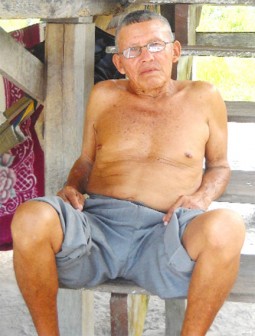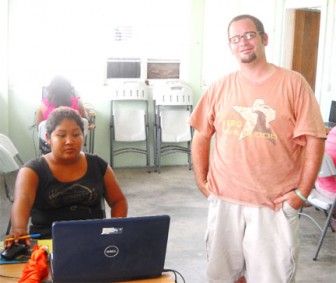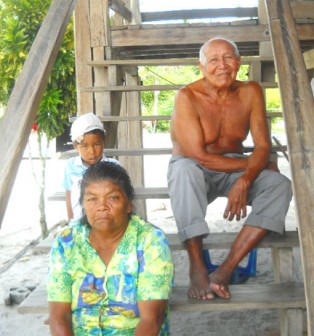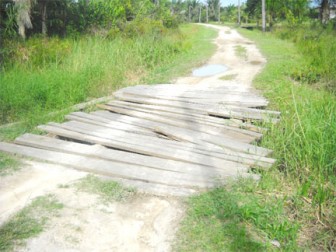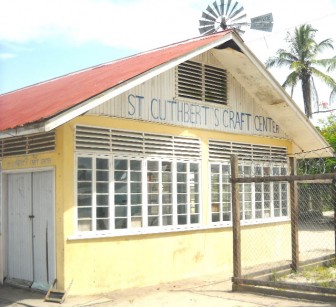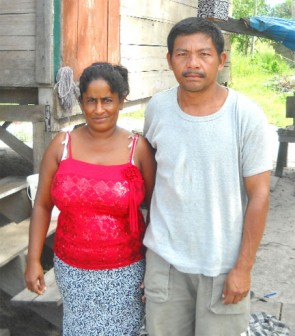“I born and grow here. My great-great-grandfather is the founder of this place,” Samuel Bernard says with some amount of pride. The “place” he refers to is St Cuthbert’s Mission, the lone Amerindian settlement in Region 4 (Demerara/Mahaica). Located along the Mahaica River, it has about 200 households with a population of just under 1600 people.
At 77, Samuel has an excellent memory and clearly sees himself as the village historian. His great-great-grandfather was Joseph Ferguson, who happened to be the first toshao. Samuel is able to easily recall in chronological order all the toshaos that have headed the village council.
Sitting on the steps of one of the two houses he owns (residents don’t pay for land in the community), Samuel recounts life in the village over the years. He was once employed in the Regional Agricultural Office, worked on the Mahaica-Mahaicony-Abary (MMA) project and later began farming. Farming, he says, was the main economic activity in the village, where residents would plant their cash crops and carry them to Cane Grove, Mahaica to sell. However, these days farming in the village has decreased significantly. Residents now depend on mining and logging or some business initiative to earn an income. Samuel himself is now a pensioner living with his wife of over 50 years, Justina.
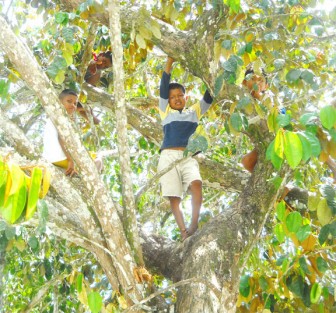
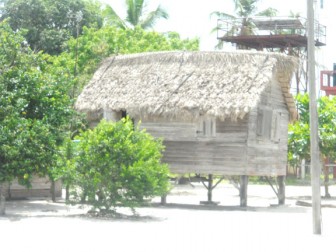
While life in the community has improved, Samuel pointed to several challenges, noting the state of the road and the inadequate water system. “This road, it really needs more attention,” he said. “It is much better than before [and] people are coming here every day. [But] we need something good,” he said. He also pointed to the poor state of the two wooden bridges that have to be crossed if anyone is accessing the village from the Mahaica River entrance. Regarding the water system, Bernard lamented its inadequacy. Several villagers have to depend on the water drawn from the river in addition to rainwater to survive, he said. “At present, people don’t get employment here,” he laments.
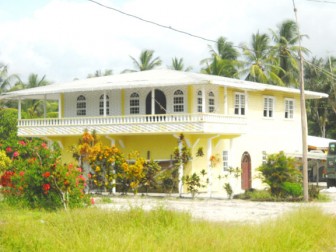
The service offered by the health centre is commendable, Samuel says, although it is sometimes hampered by the shortage of drugs, especially to treat malaria whenever the men in the village return from the bush. Any major illnesses are transferred to the Georgetown Public Hospital.
Ernest Dundas has been serving as the Toshao for the past two years. And though much younger than Samuel, he too is a village historian. According to him, the village was established in the late 1800s. Its original name was Pakuri, after a particular type of tree that was prevalent in the community
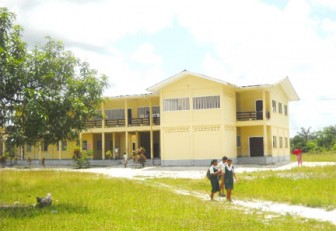
when it was first inhabited. The first settlers, he says, settled close to the river where lots of Pakuri trees were. The village was later changed to St Cuthbert’s Mission to coincide with the arrival of the first Anglican priest to come to the village. The priest is believed to have arrived on St Cuthbert’s Day on the Anglican calendar. Since then, the community has been a predominantly Christian village.
According to Dundas, the community has undergone constant change over
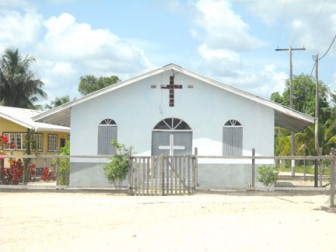
the years; a combination of support from the government and the hard work of the residents. Dundas says that he has been pushing the need for the villagers to be more independent and not being solely dependent on the government. The community has its challenges, particularly when it comes to employment, the water supply and the access road.
There are Information Technology classes being offered to the villagers, with the aim of providing an opportunity to many persons to whom it would otherwise not be
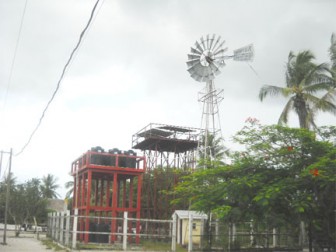
available. This is a project funded by the European Union and the village itself. Billy Nobles, a US citizen and resident of the village is the Assistant Administrator and Project Facilitator.
After living for 15 years at Better Hope on the East Coast, Murtland Daniels and his reputed wife Nadira Raghoo decided to relocate to St Cuthbert’s Mission three years ago. Murtland, who was born in the village does not regret returning home. “Life is good,” he says, adding that the key to survival is working hard.
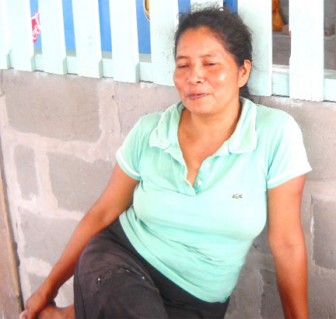
He works as a gold miner and he would “catch birds,” hunt and fish when he is not in the bush. Since there aren’t many jobs available in the community, he feels that it is important that persons engage in a business venture to ensure economic stability.
“It’s a better life and I like the place more than out there,” his wife says. One of the advantages is the access to free fruits, she says laughing, “we don’t pay for fruits here.”
Maureen Henry operates a snackette across from the village high school. She was once a midwife, and then together with her husband they entered into the handicraft business.
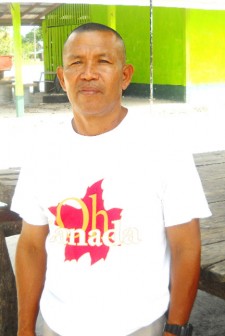
They would make carpets and produce woven work to sell. The couple then pooled their resources to start the snackette business which they have been operating for the past eight years.
Edmund Dundas, the Toshao’s father, and his wife Shirley say that one of the remarkable changes in the village is in terms of the houses. Residents are building more modern homes and have moved away from the traditional Amerindian houses. The village still remains peaceful and quiet, they say.” It’s a lovely place to live,” Edmund said with a smile.
